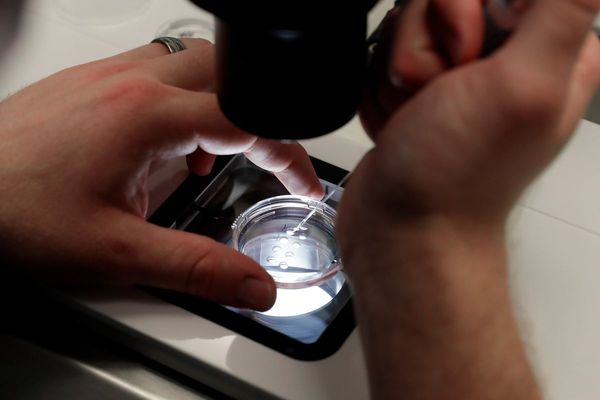Residents near a lake were stunned as the water "looked like weak Ribena" after a non-toxic dye had been added to help aid the development of wildlife.
Ecologists put the dye at Eirias Park in Colwyn Bay, north Wales, to increase the water’s opacity, and so prevent sunlight reaching the bottom of the shallow lake. Deprived of light, weed growth is stunted.
But when a dad shared images of the lake, and its purple water, on social media, people mistook the fluid for Ribena and other drinks.
When Colwyn Bay Model Boat Club took over the lake’s management in 2016, it was mired with weeds and was unsightly, as well as being unusable.
So members, who have worked diligently to improve the lake’s appearance and condition over the past six years, worked to have the dye added.
And it's expected the wildlife will soon blossom again, North Wales Live reports.
Writing on Facebook, a club member said: "The club, working alone, has spent six years keeping the lake alive by managing the weeds.
"If the boating lake is left to its own devices then it will become overgrown with weed and algae. Soon it will support no life at all."
Members meet almost weekly to maintain the site to ensure it is suitable for sailing model boats.
The aim is to keep weeds at least 60cm below the surface. Enthusiasts have spent thousands on equipment to help them with the work.
More recently, they have been advised that dye is the best way to manage weeds in small, shallow lakes. The technique is commonplace. Sometimes blue dye is used to simply improve the look of a pond or lake, more usually it is added to suppress weeds and, in particular, algae.
Often likened to a “food dye for ponds”, there are many products on the market. These are billed as a non-toxic solution to algae control which are safe to use for humans, fish, amphibians and insects.
One local, who visited on the weekend, said: “I was there on Sunday watching young coots and blue and green dragonflies.”







